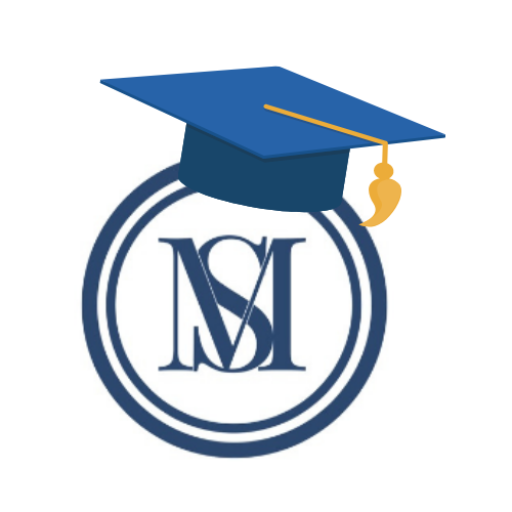Is Sales Enablement out of reach for small businesses?
by Susan McKenney – Diversified Sales Solutions, Inc.
Sales enablement or if you prefer the old-fashioned term “Lead Nurturing” is the structured organization of sales content best practices, research capabilities, tools, training and coaching.
When I talk about small, I mean a sales staff of 1 – 20! Sales enablement processes can be simple or complex and small businesses can create a repeatable process even if it’s simple!
The key is to provide the sales representative with an easy to use system that can be updated or tweaked as you grow or your needs change. Your job when designing your sales enablement is to make sure the resources you pick, are easy to use, easily repeatable, and are at a reasonable cost. These tools and processes should also include ways to continually educate and train your salespeople.
Today there are a multitude of options for tools and techniques to help you plan, which I’ll cover in the next few articles! Thoroughly investigate the tools and processes, especially if you’re going to use multiple solutions. You’ll want to make sure they work with each other.
It’s essential to make sure your sales team embraces and uses your sales process and tools, or you won’t get optimal results. The best sales enablement programs have sales management reports that track and enforce whether resources are being used. Most importantly, they optimize future sales enablement efforts based on what’s used and what’s not used.
The sales metrics you need track include sales cycle length; number of reps achieving quota; and average deal size. There are other metrics that can be tracked, but these three are the basics.
How is a sales enablement process put together for your sales force?
Start with these five planning segments. (There can be more segments added but these are essential.)
- Define the specific objectives for your program. Your program should focus on helping salespeople sell more effectively. This starts with providing them with everything they’ll need to engage and convert buyers. But what do you focus on from there? You may choose to focus on detailed information about products and services, sharing best practices from top performers in the sales organization, or the development of sales skills like delivering great presentations. In any case, be specific about your goals.
- Your Buyers journey and experience is the foundation of sales enablement. Given that sales enablement is about empowering salespeople to engage the buyer, it makes sense that you would make the buying experience the cornerstone of your efforts. This helps salespeople communicate more effectively with customers by providing them with the information and tools they need to provide buyers with what they want. There are two pieces to this. First, make sure salespeople understand who the buyer is and the journey they’re on. Second, map your sales plays and training to the buying experience.
- Create and use a lot of high-quality content. Content is becoming the “force multiplier” of most modern sales organizations. Things like blog posts, white papers, and webinars allow salespeople to deliver a lot of value to buyers in a scalable, controllable way. In fact, salespeople are now using content as a crutch, preferring to let high quality content do the talking. So, make sure your sales team has a lot of high-quality content that maps to the buying process.
- Sales Training should be done on an on-going basis…a continuous effort. Sales training is a big part of sales enablement. It’s where salespeople learn how to sell more effectively. Most sales training programs suffer from a fatal flaw – they happen once a year. As a result, salespeople quickly forget what they’ve learned, as well as the information, content, and tools they’ve been provided. To combat this, you need to make sales training a constant effort. You should conduct at least one formal training a month and use tools like newsletters and collaboration platforms to keep sales enablement in front of the sales team.
- Adoption of the process shows how well salespeople are leveraging what you provide. Even the best sales enablement programs can die a quick death if no one is watching how sales uses what’s provided to them. It’s critical that management enforces the use of best practices, content, and tools in the sales enablement process.

